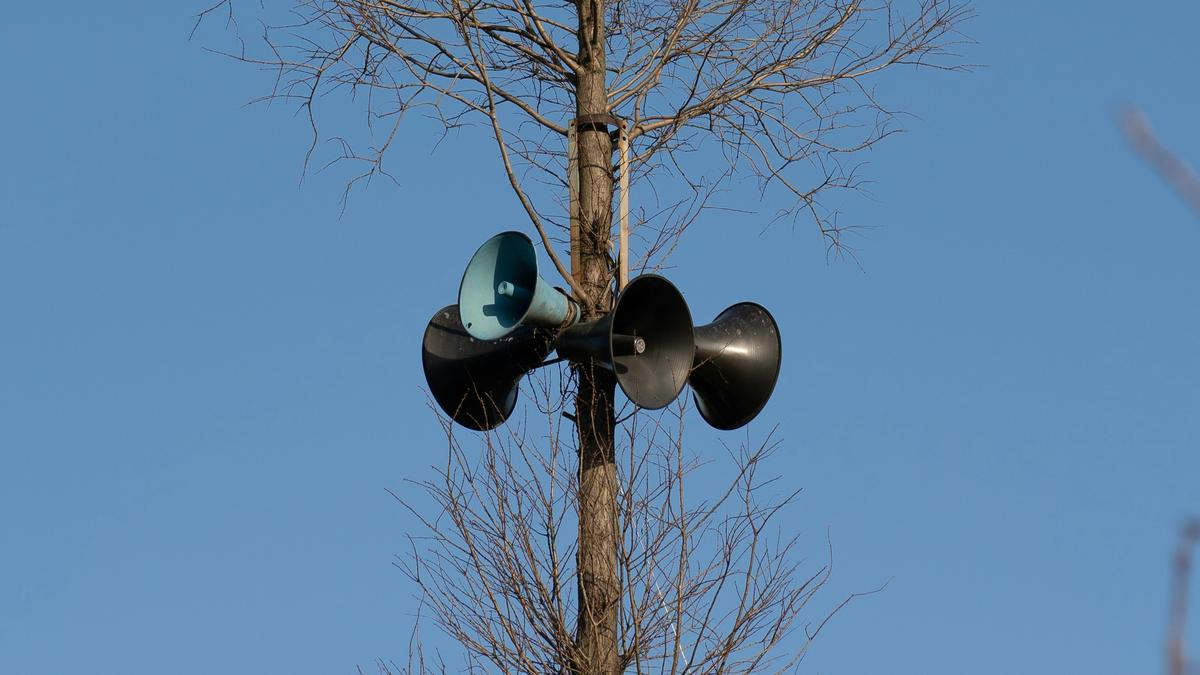



The AMoRE experiment in South Korea seeks neutrinoless double beta decay (0vßß) to determine if neutrinos are Majorana particles. Using ultra-cold molybdenum-100 detectors, it aims to challenge the Standard Model. Despite finding no evidence yet, its research continues, potentially reshaping our understanding of particle physics and neutrino mass.

Copyright infringement not intended
The AMoRE experiment in South Korea found no evidence of neutrinoless double beta decay.
The AMoRE experiment in Yangyang Underground Laboratory (Y2L), South Korea searches for an elusive subatomic process called neutrinoless double beta decay (0vßß) -> This could reveal whether neutrinos are Majorana particles—particles that are their own antiparticles.
Scientists use sensitive detectors pointed at a crystal containing molybdenum-100 nuclei, cooled to near absolute zero.
Its significance lies in its potential to challenge the Standard Model of particle physics, which currently assumes neutrinos are massless. If 0vßß exists -> it would prove neutrinos have mass and rewrite understanding of fundamental particles.
Neutrinos play a crucial role in the universe as the second-most abundant subatomic particle, after photons.
They were produced in massive amounts during the Big Bang and continue to be generated through processes like radioactive decay, stellar explosions, and nuclear fusion in stars like the Sun.
Despite their abundance, neutrinos interact very weakly with matter, making them hard to study. However, they hold the key to answering many open questions about the universe.
It is a hypothetical process where a nucleus emits two electrons but no neutrinos -> This only happens if neutrinos are Majorana particles; meaning they are their own antiparticles.
In standard double beta decay -> two neutrons convert into two protons, emitting two electrons and two antineutrinos.
In 0vßß, one neutrino emitted by one neutron is absorbed as an antineutrino by the other neutron leaving no neutrinos in the final state. This process is extremely rare because it violates lepton number conservation, a fundamental principle of the Standard Model.
The AMoRE experiment uses highly sensitive detectors to monitor a crystal containing 3 kilograms of molybdenum-100 (Mo-100) nuclei -> Undergo standard double beta decay, but the experiment looks for signs of 0vßß. The detectors are cooled to fractions of a degree above absolute zero to minimize background noise.
When 0vßß occurs, the emitted electrons carry more energy than in standard beta decay because they "include" the energy of the missing antineutrinos. By measuring this energy difference, scientists determine whether 0vßß has occurred. So far, AMoRE has not detected evidence of 0vßß, but the search continues.
Source:
|
PRACTICE QUESTION Q. What is the objective of the AMoRE experiment? A) To detect dark matter particles. B) To study solar neutrinos. C) To search for neutrinoless double-beta decay. D) To measure the mass of the electron. Answer: C Explanation: The AMoRE (Advanced Mo-based Rare process Experiment) aims to detect neutrinoless double-beta decay (0νββ) of molybdenum-100 (^100Mo) nuclei using molybdate scintillating crystals operating at milli-Kelvin temperatures. |











© 2025 iasgyan. All right reserved